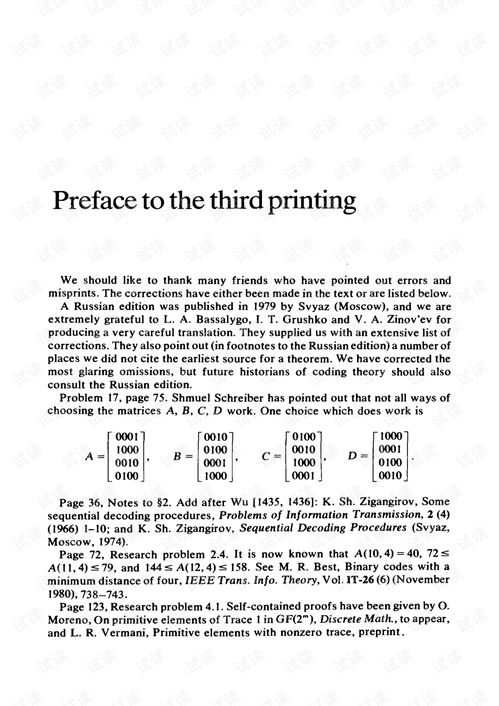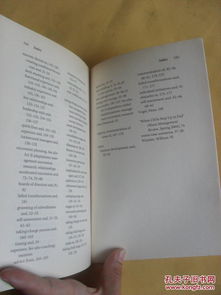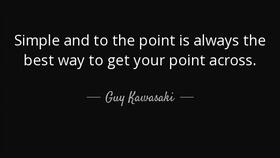Content:
In the world of angling, the ability to understand fishing technique diagrams is a valuable skill that can elevate one's fishing experience to new heights. Whether you are a beginner or an experienced angler looking to refine your skills, mastering the interpretation of these diagrams can lead to more successful fishing trips. Here's a comprehensive guide on how to look beyond the lines and understand the nuances of fishing technique diagrams.
Understanding the Basics
Before diving into the specifics of fishing technique diagrams, it's essential to understand the basic components that make up these diagrams. Here are some key elements you should be familiar with:

Hook Types: Different hooks are designed for different fishing techniques. Look for the shape and size of the hook, which can indicate whether it's suitable for bottom fishing, lure fishing, or other methods.
Line Types: The type of line used can vary greatly, from monofilament to braided and fluorocarbon. The diagram will often indicate the type of line and its breaking strength.
Bait or Lure: The diagram may include a representation of the bait or lure, which can give you an idea of what the fish might be attracted to in that particular fishing scenario.
Rod Length and Action: The length and action of the rod are crucial for determining the type of fishing technique. Longer rods are often used for casting, while shorter rods are better for close-range fishing.
Reel Type: The type of reel can indicate the technique as well. Spinning reels are ideal for lighter lines and baits, while baitcasting reels are more suited for heavier loads.
Interpreting the Diagrams
Now that you have a basic understanding of the components, let's look at how to interpret the diagrams themselves:
Start with the Rod: The diagram will typically begin with the rod, which is the foundation of the technique. Look at the length and action of the rod to determine the intended casting distance and the type of fishing.
Line Direction: The direction of the line will show you the casting arc and where the bait or lure will land. Pay attention to any notches or marks on the line, which may indicate specific casting techniques or distances.
Bait or Lure Movement: The diagram will often include symbols or lines that represent the movement of the bait or lure. These can be circular hooks for erratic action, straight lines for a steady retrieve, or a combination of both.
Tackle Placement: The placement of the bait or lure in relation to the hook can be crucial. Some diagrams will show a gap between the lure and the hook, which is important for certain fishing techniques like soft plastic fishing.
Line Tension and Leader Length: The tension on the line can indicate how hard you should reel in. Additionally, the length of the leader can be a critical factor in certain fishing scenarios, especially when targeting species that are easily spooked.
Advanced Techniques
As you become more comfortable with interpreting fishing technique diagrams, you can start looking into more advanced techniques:
Trolling Diagrams: These diagrams will show you how to use a boat to pull a lure or bait at a specific speed and depth. The diagram will include symbols for the boat, lure, and depth indicator.
Fly Fishing Diagrams: Fly fishing diagrams are unique and can be quite complex. They often include detailed instructions on how to cast, mend the line, and present the fly to the fish.
Ice Fishing Diagrams: Ice fishing diagrams will show you how to set up your equipment on the ice, including the placement of your rod holder, bait, and even the position of the fish you're targeting.
Practice and Experience
Finally, the key to understanding fishing technique diagrams is practice and experience. As you spend more time on the water, you'll start to recognize patterns and techniques that are effective in different situations. Don't be afraid to experiment with different methods and techniques to see what works best for you.
In conclusion, fishing technique diagrams are a treasure trove of information for anglers of all levels. By understanding the basic components and learning how to interpret the diagrams, you can expand your fishing knowledge and improve your chances of catching more fish. So the next time you come across a fishing technique diagram, take a moment to look beyond the lines and unlock the secrets it holds.












